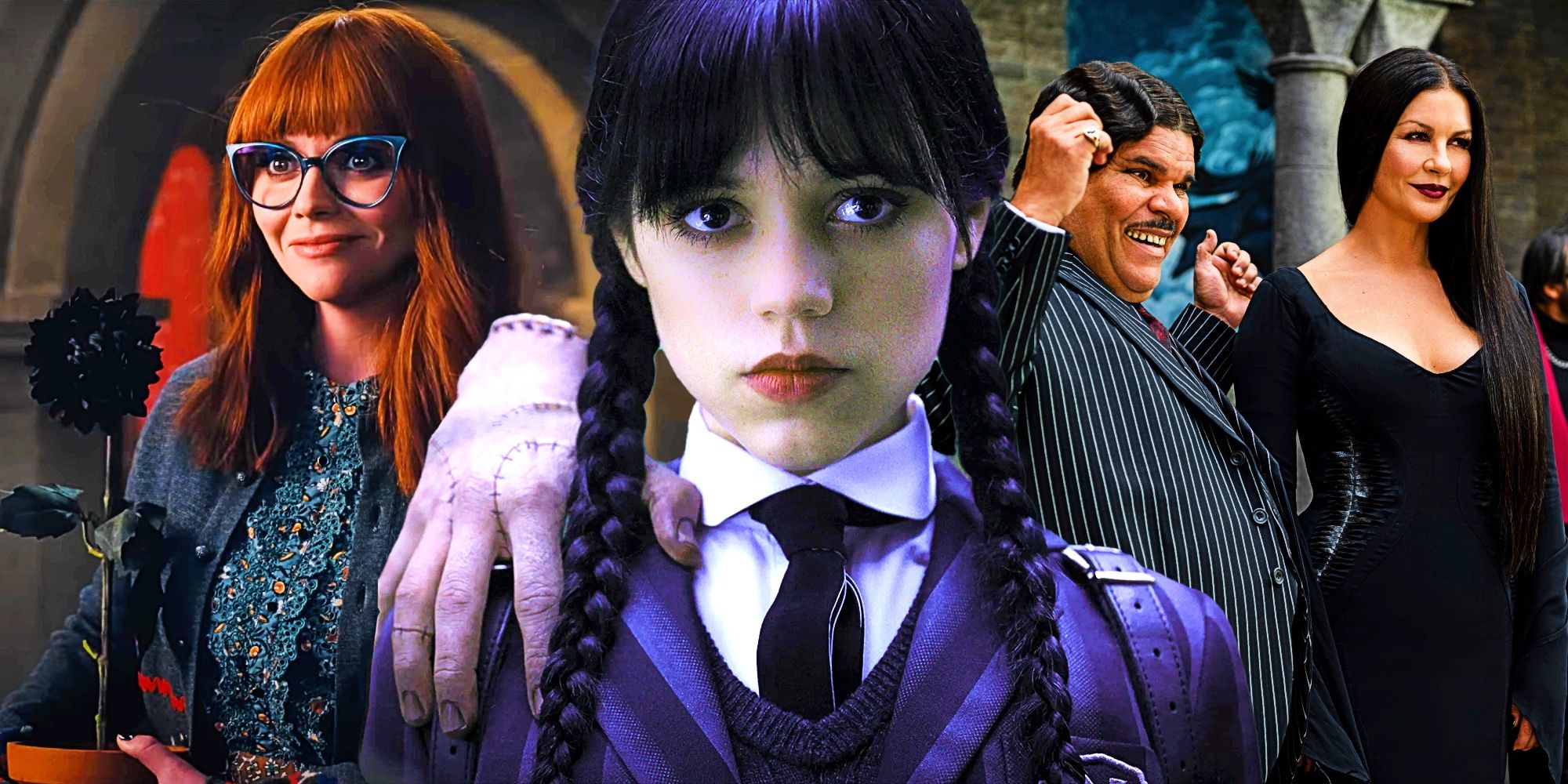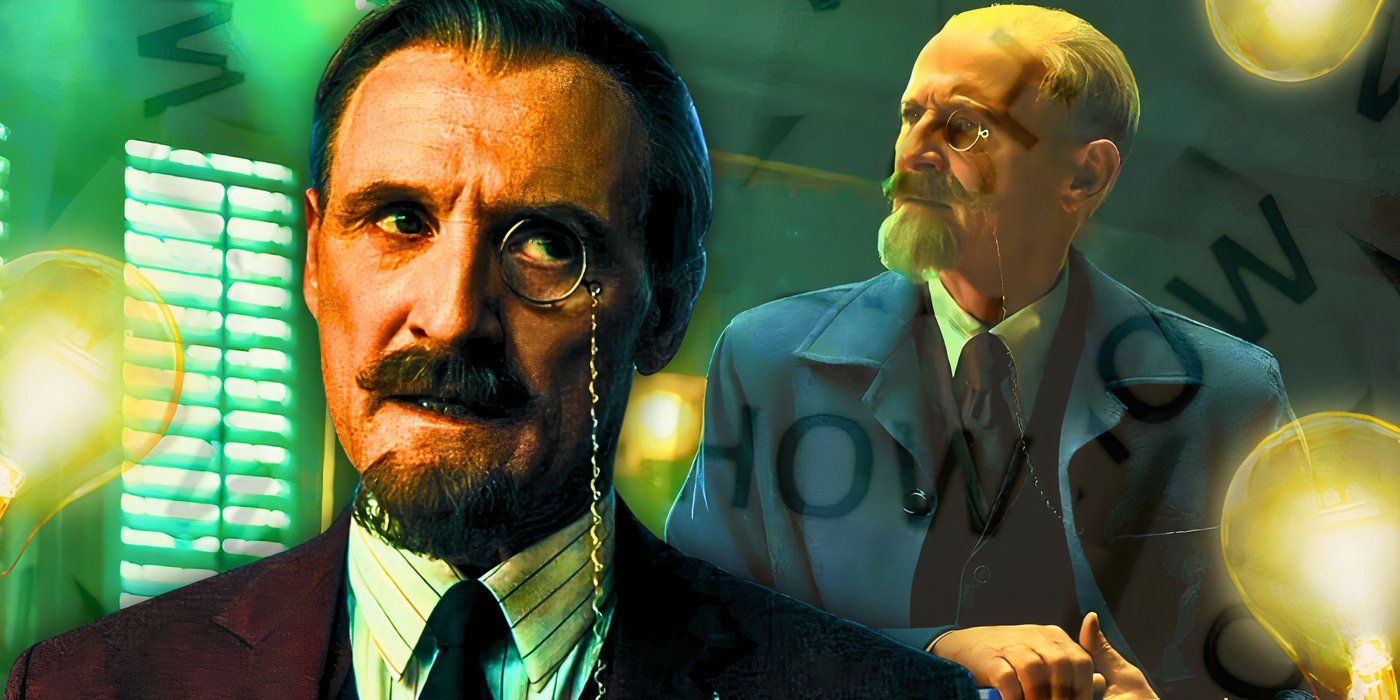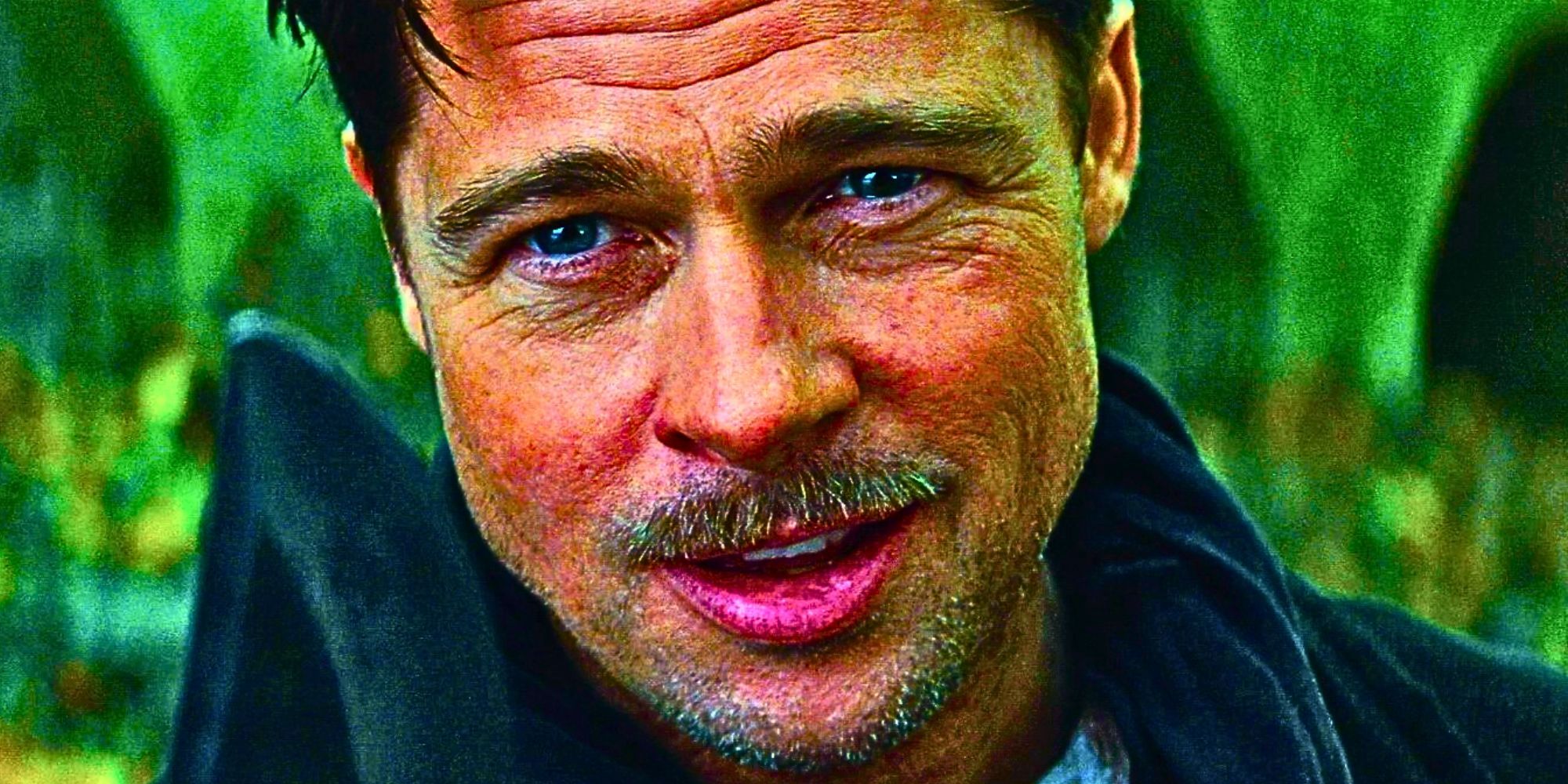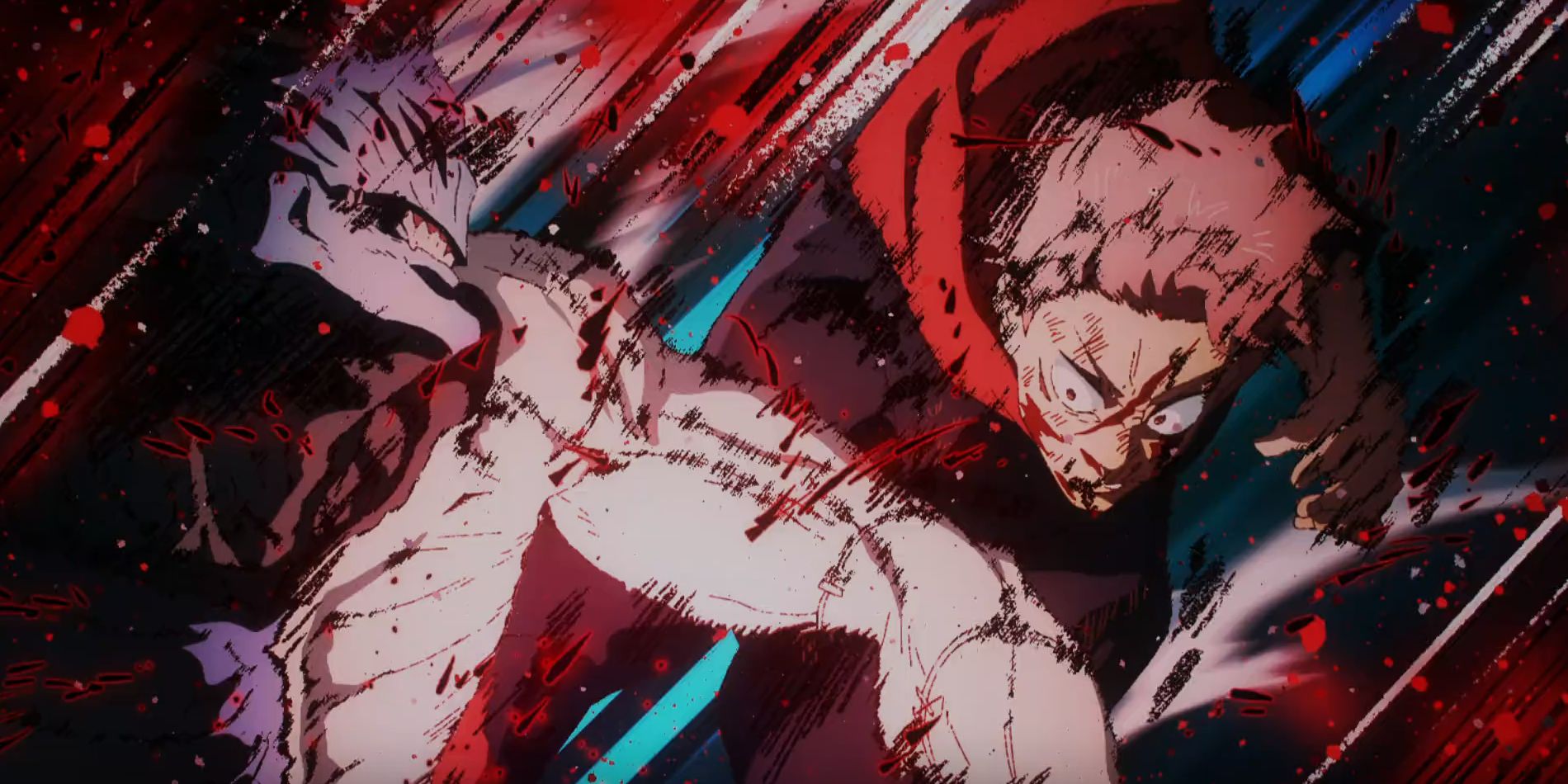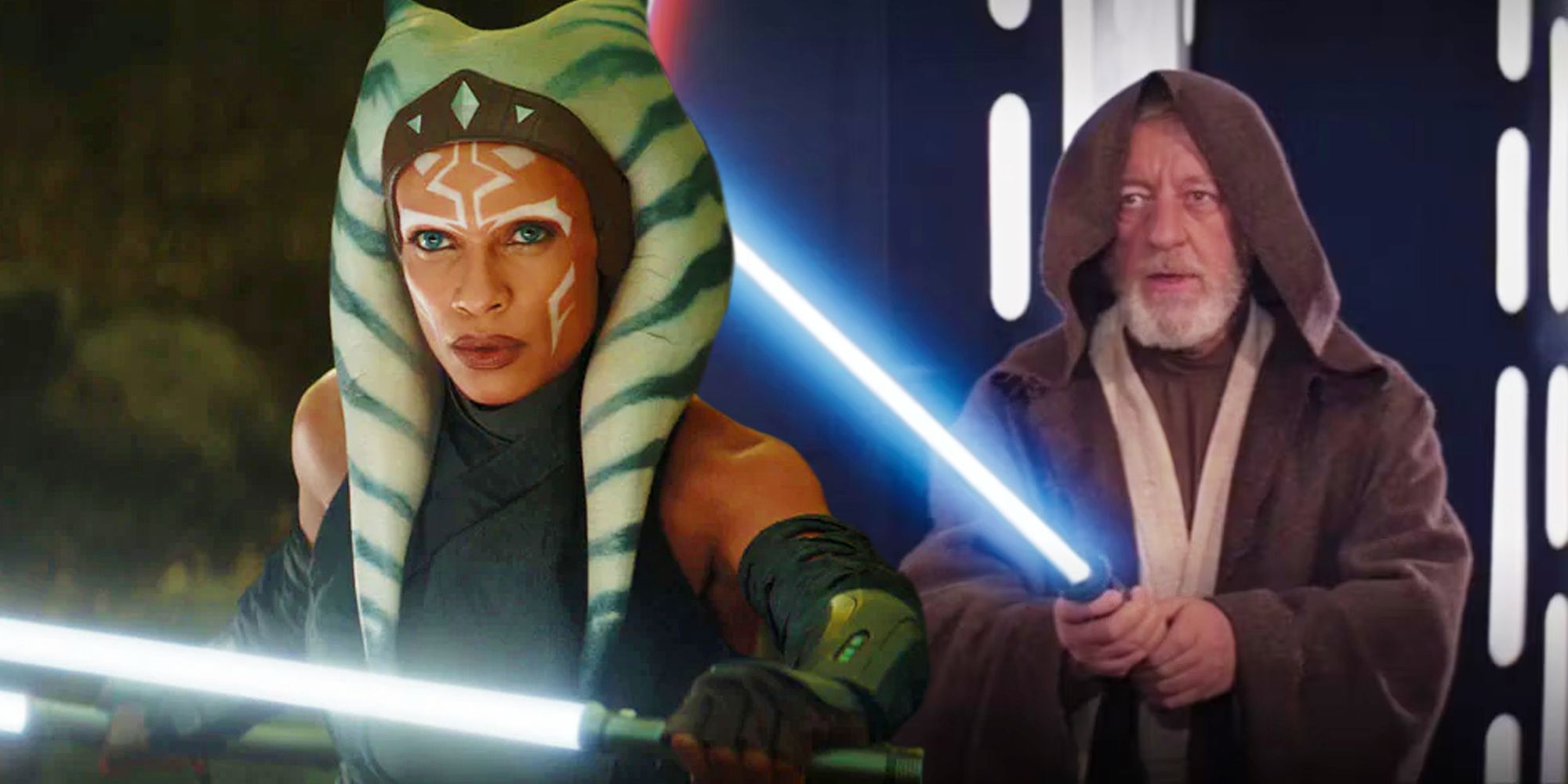Disney‘s animated movies have gone through changes thanks to technology, but one promising new direction can help fix a 13-year-old industry shift. Animation at Disney has evolved exponentially since the days of black-and-white hand-drawn art that utilized techniques like multi-plane cameras. To keep up with competitors’ advancements, Disney shifted to a digital 2D and 3D animation process in the 1990s. In 2005, Disney released its first fully CGI film, Chicken Little, after having incorporated the technique in small sections of other films prior.
However, Disney only really cemented its own CGI animation style in 2010 with Tangled. Since then, smash-hits like Frozen, Moana, and Encanto have showcased how Disney animated movies have grown. Disney’s $900 million worth of box-office disappointments and critiques about their unoriginal stories have been a struggle for the Mouse House. Luckily, the newest Disney animated film, Wish, suggests a return to earlier successful methods like in Snow White. The film could mark a renaissance of early Disney animation styles, which could help revitalize the studio’s performance.
Disney Going Back To 2D Animated Movies Would Be A Major Industry Shift
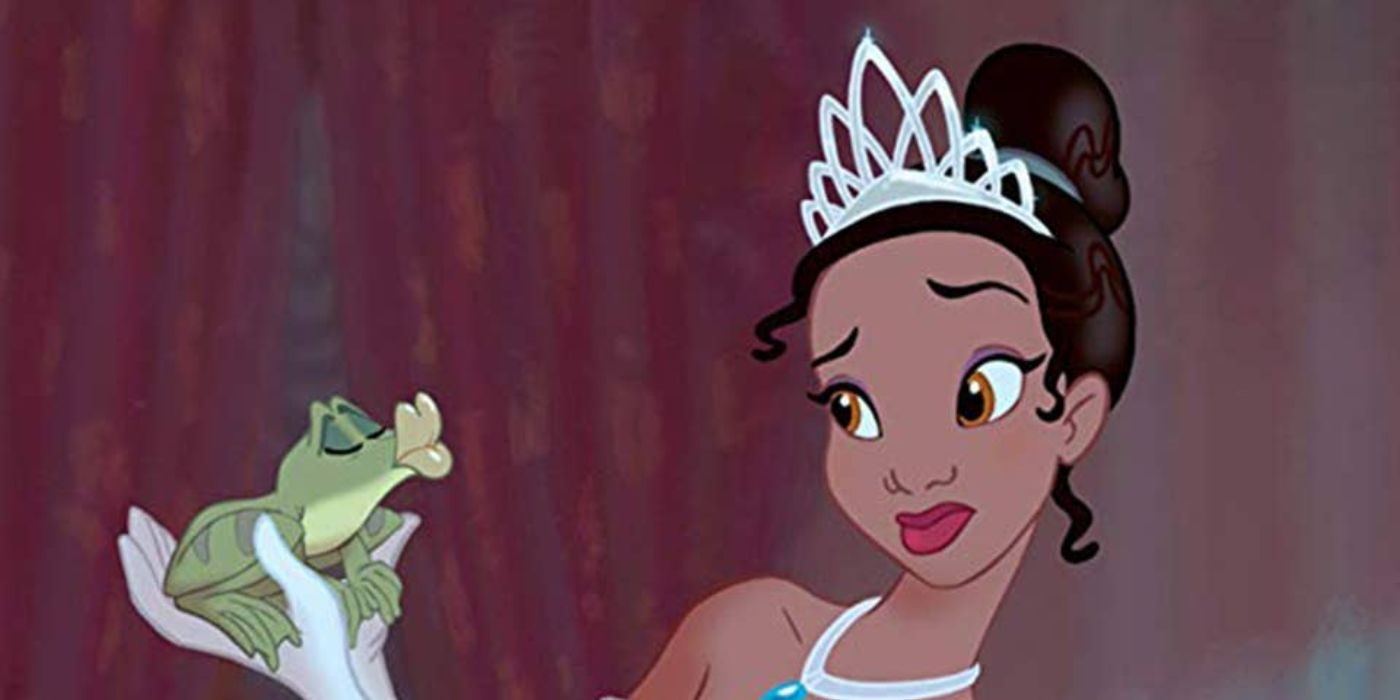
Undoubtedly, Disney Animation has pioneered the art form over its 100 years. From rotoscoping for fluidity of movement in Snow White to morphing objects with computer animation in Hercules, Disney has proven a desire to grow. With this growth came a shift away from hand-drawn 2D to full-blown CGI. Disney’s hand-drawn animation era ended with The Princess And The Frog in 2009, with only the smaller feature Winnie The Pooh utilizing the technique later. However, Wish sparks hope for 2D in Disney’s future as it was used in some aspects. Wish co-director Chris Buck has shared (via The Direct) how 2D was incorporated in the newest Disney film, predominantly in character designs:
This film was inspired, obviously, by the legacy and the 2D animation. And the look has a somewhat 2D look with the lines on the characters. We did early tests with Star as 2D. But yeah, I think we keep exploring.
While Wish‘s box-office flop may suggest these changes are a bad idea, the tribute to continuously evolving animation is a positive sign for the industry. Combining the older and newer styles opens the door for future projects and other studios to do the same. Plus, it pushes the limits of how much studios can lean into different animation styles to accent their narratives most effectively. Given Disney’s influence, there’s no question whether studios will follow suit should the longtime studio move toward its long-loved 2D roots.
New 2D Animated Movies Are Exactly What Disney Needs Right Now
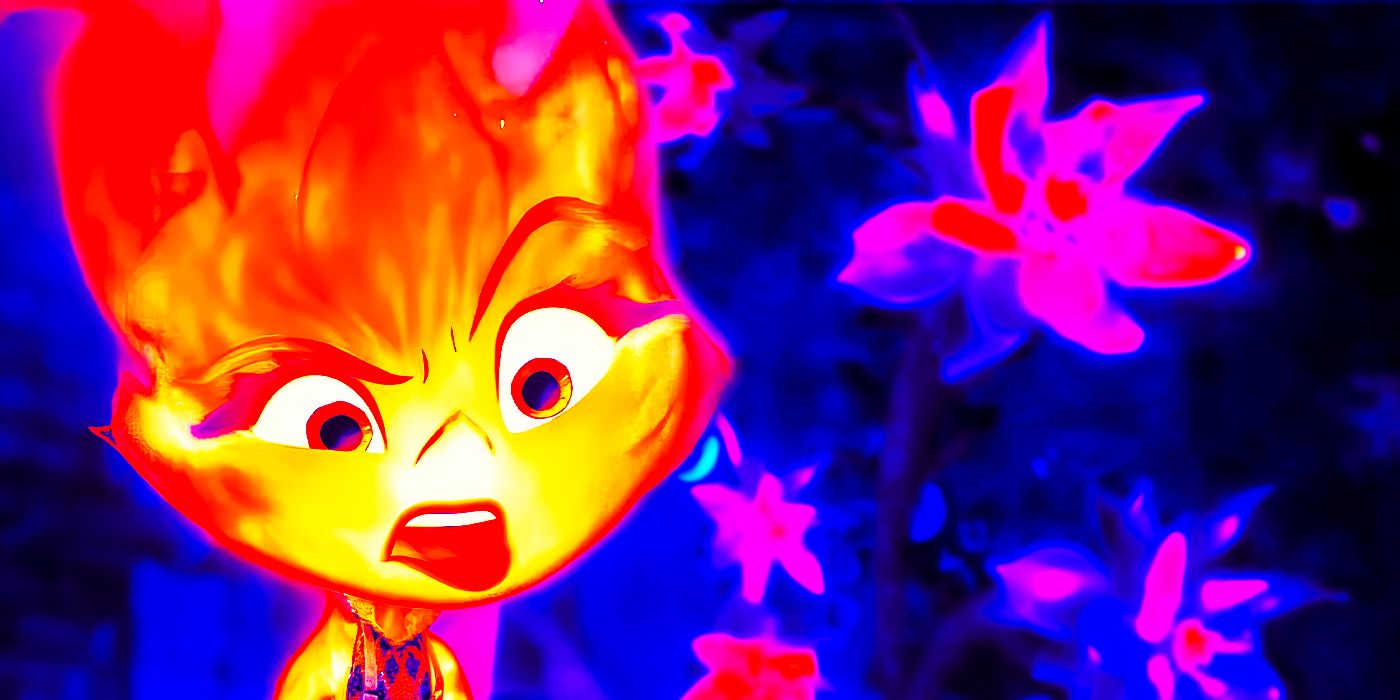
Disney’s next two years of movies are a bit bleak since they only have sequels and Pixar films slated for release during this time, such as Inside Out 2. This speaks to why the powerhouse studio has been struggling to perform as it used to at the box office. With a deep focus on milking franchises for every drop of content, Disney’s ingenuity has become stale. With box-office fails like Elemental and the negative-to-mixed critical reception for many 2023 Disney releases, it’s clear that the quality issues extend beyond just relying too heavily on existing IPs.
Perhaps a way out of Disney’s rut could be returning to what they built their empire on – excellent 2D animation. While this may seem counter-intuitive, Disney’s hope for improved box-office results will need the studio to pivot, especially with such a streamer-focused audience. Standing out from the CGI animation of competitors like Illumination can give Disney animated films a new way to entice moviegoers back to the studio’s titles.
